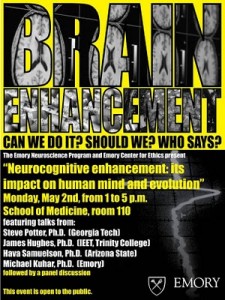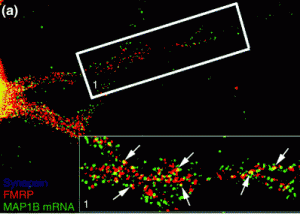Emory researchers have identified molecular mechanisms that regulate motivation and persistence in mice. Their findings could have implications for intervention in conditions characterized by behavioral inflexibility, such as drug abuse and depression.
Scientists showed that by manipulating a particular growth factor in one region of the brain, they could tune up or down a mouse’s tendency to persist in seeking a reward. In humans, this region of the brain is located just behind the eyes and is called the medial orbitofrontal cortex or mOFC.
“When we make decisions, we often need to gauge the value of a reward before we can see it — for example, will lunch at a certain restaurant be better than lunch at another, or worth the cost,†says Shannon Gourley, PhD, assistant professor of pediatrics and psychiatry at Emory University School of Medicine. “We think the mOFC is important for calculating value, particularly when we have to imagine the reward, as opposed to having it right in front of us.â€
The results were published Wednesday in Journal of Neuroscience.

Shannon Gourley, PhD
Being able to appropriately determine the value of a perceived reward is critical in goal-directed decision making, a component of drug-seeking and addiction-related behaviors. While scientists already suspected that the medial orbitofrontal cortex was important for this type of learning and decision-making, the specific genes and growth factors were not as well-understood.
The researchers focused on brain-derived neurotrophic factor (BDNF), a protein that supports the survival and growth of neurons in the brain. BDNF is known to play key roles in long-term potentiation and neuronal remodeling, both important in learning and memory tasks. Variations in the human gene that encodes BDNF have been linked with several psychiatric disorders.






